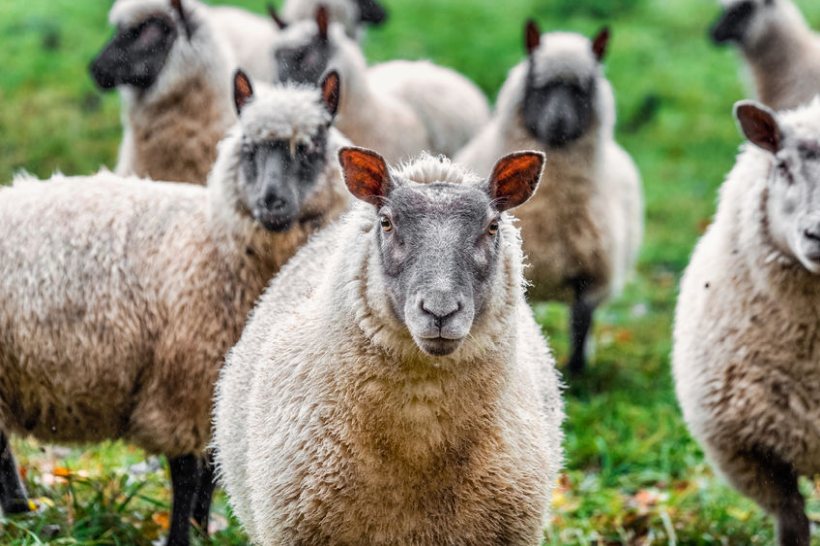
Scientists have pinpointed the location of all the genes in the genetic code of sheep, a move that will provide more accurate research into traits such as health and resilience.
The new discovery will help improve the existing high-quality map of sheep DNA, with one of the highest resolutions in a livestock species to date.
Outcomes from the research, which included analysis of multiple tissues from all organs, can be used to investigate how specific regions of the genetic makeup of sheep affect their physical and physiological characteristics.
The map was built from a single sheep from the Rambouillet breed, which are known for their high quality fleece and for being able to live in harsh conditions.
UK scientists from the Roslin Institute and international partners identified points in the genome where the process of switching on genes starts – known as transcription start sites.
They used a technique called ‘Cap Analysis Gene Expression’ (CAGE) sequencing to identify the start sites of the vast majority of genes in the Rambouillet reference genome, which was generated by scientists from Baylor College of Medicine in the US, and is a database that is representative of all the genes and genetic code for sheep.
Dr Emily Clark, of the Roslin Institute said: "Sheep are hugely important farmed animals, providing a key global source of meat and fibre.
"The high-resolution annotation of transcription start sites in the genome that we have generated will give scientists a better map of the genome upon which to base their studies."
Dr Brenda Murdoch, of the University of Idaho's Ovine Functional Annotation of Animal Genomes (FAANG) added: "This research identifies the location that control economically important traits like health, meat and wool quality in sheep.
"It is this type of information that is essential to help breeding programmes select and predict traits to improve the sustainability and productivity of this globally important species."
The study, led by Roslin scientists within the Centre for Tropical Livestock Genetics and Health, was conducted as part of the Ovine FAANG project.
